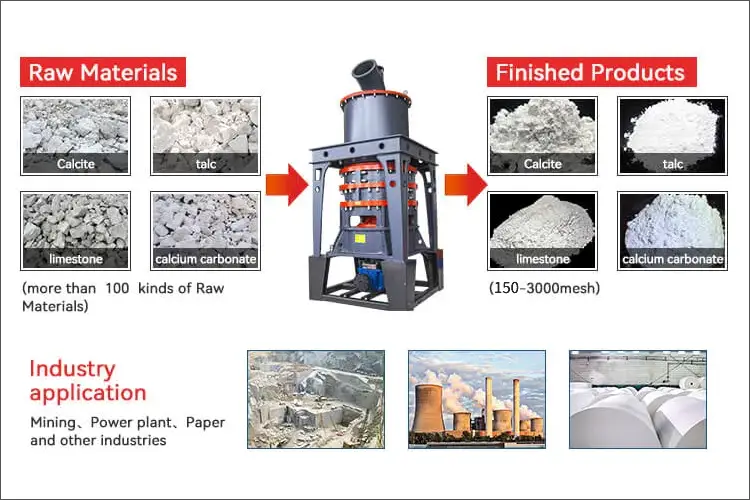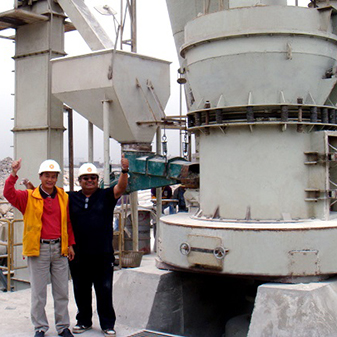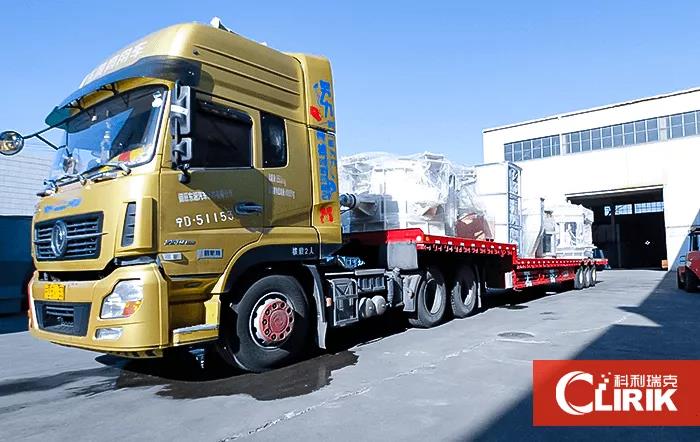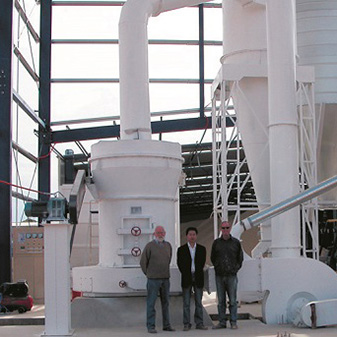Pyrophyllite has many uses. In the early stage of our country, it was used for carving crafts, such as seals and stone pens. With the development of modern industry, industrial developed countries such as the United States and Japan have successively used pyrophyllite to produce refractory materials, ceramics, and fillers for papermaking, pesticides, rubber, plastics and other industries. my country has successfully used pyrophyllite as glass fiber. Raw materials, white cement raw materials, synthetic diamond molds and A-type molecular sieves, etc.
How is pyrophyllite processed?
1. Mineral processing and purification
(1) Crushing and grinding
The crushing and grinding of pyrophyllite has two purposes: one is to prepare the powder raw material of dissociation of pyrophyllite and impurity mineral monomers for mineral processing and purification operations; the other is to directly process pyrophyllite whose purity can meet the requirements of the application field Pyrophyllite powder products.
Commonly used crushers for pyrophyllite include jaw crushers, cone crushers, impact crushers, etc.; commonly used mill equipment mainly includes Raymond mills, ball mills, etc.
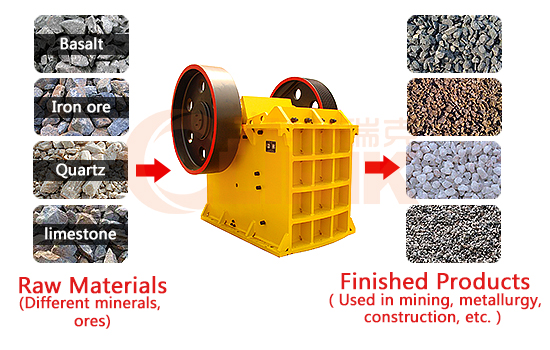
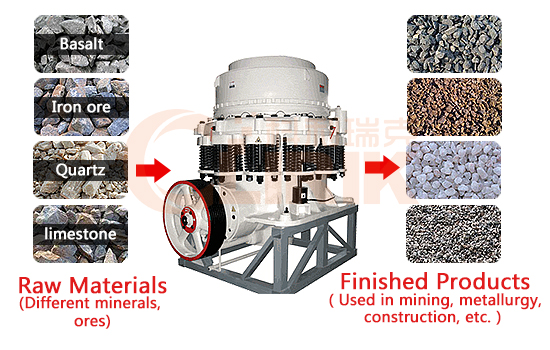
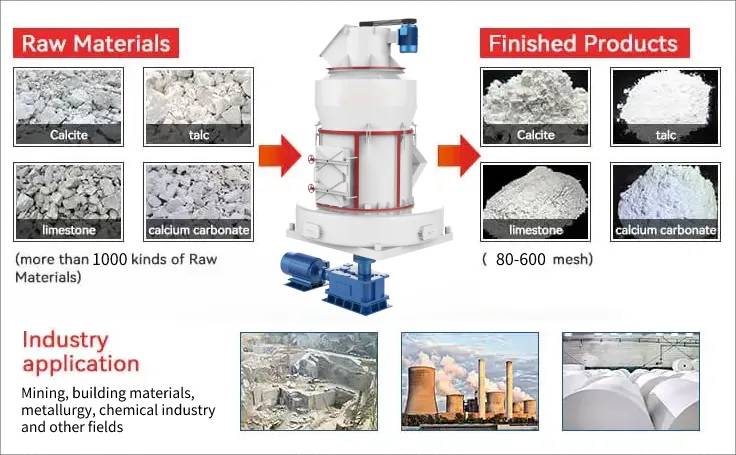
Since pyrophyllite ore often contains hard impurities (corundum), and pyrophyllite is relatively soft, it is very important to use selective crushing equipment during beneficiation.
(2) Selection
The difference in the internal composition of pyrophyllite is reflected in the obvious appearance, which mainly includes information such as lightness and color. Therefore, large impurity ores can be sorted out manually. It can also be picked by photoelectric sorting machine.
(3) re-election
The density difference between pyrophyllite and impurity minerals is not large, but after grinding, especially selective grinding, the primary particle size of different minerals is different, and the difference in hardness is more obvious. Hard minerals are often distributed in coarser particle sizes. According to these characteristics, the methods of dispersal and classification can be used for selection.
(4) Magnetic separation
Most of the minerals in pyrophyllite ore have no obvious magnetic properties, and the magnetic properties of iron-containing impurities are relatively weak. In addition to the mechanical iron mixed in the process of crushing and grinding, weak magnetic separators or suspended iron removers can be used, and strong magnetic separators are generally used. Or high gradient magnetic separator.
(5) Flotation
When the iron mineral impurities are sulfides, xanthate can be used as a collector for flotation to remove iron; when the iron impurities are oxides, petroleum sulfonate can be used as a collector for flotation to remove iron. Flotation can also be used for separation of pyrophyllite and quartz. Generally, fatty acids are used as collectors in alkaline pulp, and long-chain amines are used as collectors in acidic medium.
(6) Chemical purification
For ores with poor whiteness and difficult to meet the quality index requirements by physical beneficiation methods, chemical purification methods can be used. Reduction bleaching process is generally used.
2. Super fine crushing
When pyrophyllite is used in papermaking, plastics, rubber, high-performance refractory materials and other fields, it needs to be ultrafinely pulverized. At present, there are two processes for ultrafine grinding of pyrophyllite: dry method and wet method. The dry process mainly uses ball mills and ultra-fine grinding mills; the wet process mainly uses grinding and peeling machines and stirring mills.
